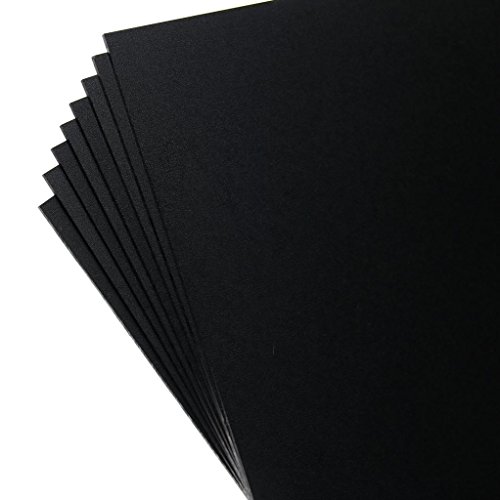Related posts
Feature
Kydex V is a recycled grade of Kydex 100 and Kydex THigher breakage resistance than competitive thermoplastics as measured by the Notched Izod test
Among the most rigid of thermoforming materials with a modulus of elasticity of 2,482 MPa (360,000 psi)
Easy to form with excellent part definition and deep-draw characteristics
Description
KYDEX VKYDEX V sheet has excellent forming properties, which results in uniform wall thicknesses and crisp detail. KYDEX V sheet forms to deep draws with low forces when heated to the upper end of the forming temperature range. Unlike many other thermoforming sheets, KYDEX V sheet has unusually high resistance to hot tearing.
Forming Guidelines
- Oven temperatures should be set differently than the settings used for ABS or FR-ABS.
- Typical heater settings (percentage timers) are 30% - 50% top heaters and 50% - 70% bottom heaters.
- The most frequent problem is trying to heat the sheet too quickly, particularly on the primary surface.
- Cycle times will vary depending on the oven conditions and grade of KYDEX V sheet being formed.
- When forming KYDEX V sheet, it is better to rely on the sheet appearance during heating than on fixed cycle times.
- Forming temperatures - Guidelines: (Sheet should not exceed 204C (400F).
165 - 177C (330 - 350F) for < 1.50mm (0.060").
182 - 196C (360 - 385F) for 1.50mm to 3.20mm (0.060" to 0.125").
196 - 204C (385 - 400F) for > 3.20mm (0.125")
- Ideally the core sheet temperature should be within 10F of the surface temperature.
Sheet Appearance During Heating
As KYDEX V sheet is heated, the inherent stresses in the sheet will relax.
Stage I: The heating is marked by wide undulations and softening.
Stage II: The material will start to form small ripples (known as oil canning). .
Stage III: The material will start to smooth out and sag (KYDEX V sheet will generally sag less than other thermoplastics due to its high melt strength. .
Stage IV: The ripples will have smoothed out indicating that most stresses have been removed. 10 to 30 seconds afterwards the sheet is ready to form.
